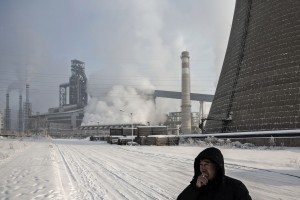
In response to China’s stock market crash in the third quarter of 2015 China began a monetary easing policy which consisted of “pumping funds into state lenders known as policy banks to finance government-backed programs.”
The stock market crash marked the end of China’s good fortune, as well the end of the stream of foreign investment which funded much of their economies productivity. Weak demand for Chinese products, along with less foreign investment, both added to the case for more stimulus. (Surprisingly China’s unemployment rate has floated consistently at around 4%.)
And now just a few months later in 2016 China’s reserves have increased “by a higher-than-expected $10.2bn to $3.21tn in March of 2016, compared to a $28.6bn fall in February and a $99.5bn decline in January”. This information may indicate an optimistic future for the state of China’s foreign currency reserves, but it may be presumptuous to see the increase in foreign investment as an indicator of significant healing in the Chinese economy.
Some regions in China are suffering the effects of the economic slowdown more than others. This may also indicate that while some regions of China could recover quicker than others, it means that recovery is not consistent and uneven across the nation. Could this mean starker contrasts in income inequality in China? And what would happen if one of China’s most important industries were to lower production (like it plans to do with the steel industry).
(data from tradingeconomics.com)
